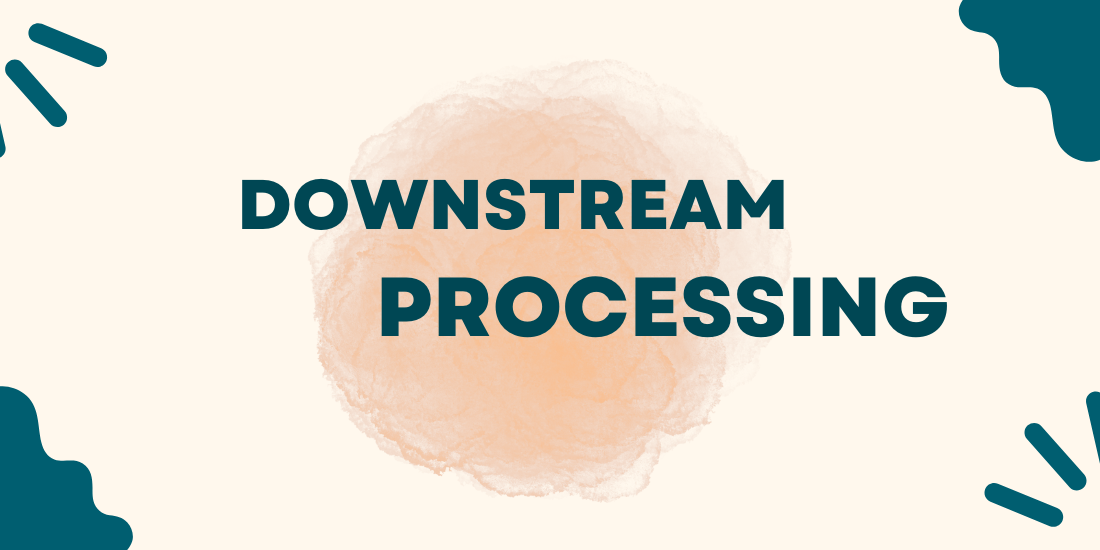MCQ on Downstream Processing
MCQ on Downstream Processing: Downstream processing is the isolation, purification, and separation of biochemical products from fermentation broth. Downstream processing is referred to as recovery of products.
Downstream processing is done in three steps: Removal of insoluble matter, Product isolation and purification, and Product polishing. This is a necessary step to obtain a purified form of the product.
MCQ on Downstream Processing with Answers
1. What is Downstream Processing?
(1) Downstream processing refers to the recovery and purification of biosynthetic products.
(2) Downstream processing refers to the Formulation of Media
(3) Downstream processing refers to sterilization of biosynthetic products.
(4) All of these
Answer: 1
2. Which of the following is a downstream process?
(1) Product recovery
(2) Screening
(3) Media formulation
(4) Sterilization of media
Answer: 1
3. Which of the following processes is used in the recovery of the product?
(1) Downstream processing
(2) Upstream processing
(3) Chromatography
(4) Treatment Process
Answer: 1
4. Downstream Processing of fermentation includes in__________
(1) Recovery of the products in a pure state
(2) Effluent treatment
(3) Both (1) & (2)
(4) None of these
Answer: 3
5. Which of the following is an example of downstream processing?
(1) Expression and separation
(2) Selection and separation
(3) Separation and purification
(4) Selection and purification
Answer: 3
6. Which of the following is also a process for penicillin recovery?
(1) Adsorption on activated carbon
(2) Direct crystallization
(3) Degumming
(4) Distillation
Answer: 1
7. Which of the operations does not come under upstream processing?
(1) Media preparation
(2) Inoculum development
(3) Effluent treatment
(4) Storage of raw material
Answers: 3
8. For cost analysis in a fermentor system, the depreciation cost varies from_______
(1) 5-6% of the capital cost
(2) 6-7% of the capital cost
(3) 6-10% of the capital cost
(4) 8-10% of the capital cost
Answers: 3
9. What is the use of batch electrophoresis in the procedure of purification of bioproducts?
(1) It gives high-resolution carbohydrates
(2) It purifies completely
(3) It gives high-resolution protein content
(4) The targeted product is concentrated by batch electrophoresis
Answer: 3
10. Microfiltration refers to the separation of suspended material such as bacteria by using a membrane with spore sizes of______
(1) 0.02 to 10μm
(2) 1-10A°
(3) 20-30μm
(4)”10-200A°
Answers: 1
11. Which of the following is not the physical method for rupturing cells?
(1) Milling
(2) Homogenization
(3) Ultrasonication
(4) Enzymatic digestion
Answers: 4
12. Start-up expenses in a fermentation industry vary from________
(1) 0-5% of the capital cost
(2) 10-15% of the capital cost
(3) 5-10% of the capital cost
(4) 15-20% of the capital cost
Answers: 3
13. Which of the following are the advantages of downstream processing?
(1) It enables a target product’s separation, purification, and recovery from a complex mixture of biological materials.
(2) It facilitates the industrial manufacture of antibodies such as penicillin, hormones like insulin, and growth hormones.
(3) It maximizes product recovery and, at the same time, minimizes the cost of production
(4) All of these
Answer: 4

